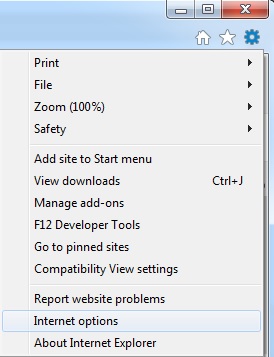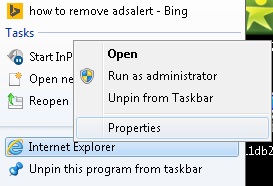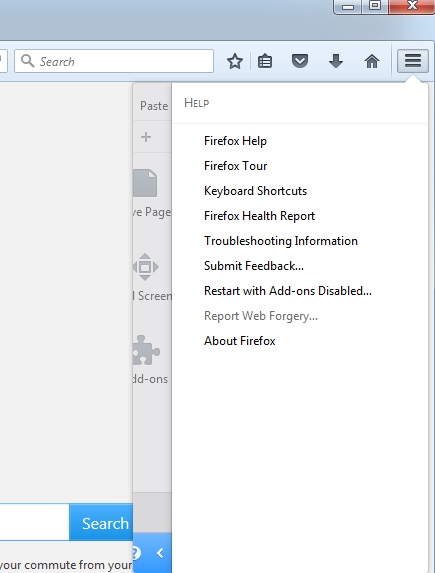How to Remove Ad Network Performance from Firefox, Chrome or IE in several easy steps? Follow the Ad Network Performance removal instructions and you will stop the browser hijacker.
Ad Network Performance is an adware. It’s a potentially unwanted program with a ton of hazardous capabilities. After the application sneaks into your computer undetected, it starts wreaking havoc. Oh, yes. The program may enter subtly and slyly, but once it’s in, there’s nothing subtle about it. Shortly after infection, Ad Network Performance begins a bombardment of pop-up ads. Each and every time you try to go online to browse the web, you’ll be interrupted by an entire myriad of ads. And, since this disturbance will be quite frequent, you’ll start to experience continuous system crashes and your computer’s performance will also slow down to a crawl. But that’s just the beginning of the grievances this tool will bring your way. Do yourself a favor and don’t wait to uncover all of them. Delete this program as soon as it reveals its presence to you, with the appearance of the first pop-up. You’ll save yourself a ton of headaches and troubles.
Ad Network Performance is a master when it comes to throwing dust in your face and deceptively sneaking into your system. Oh, yes. The tool is highly resourceful when it comes to finding a way in. In fact, it not only dupes you into giving it the green light, but also manages to keep you oblivious to its presence until it decides otherwise. That’s the level of skill the application possesses. It usually gains access with the help of the old but gold means of infiltration. More often than not, it tricks you by pretending to be a bogus update. However, it can also hide behind freeware, spam email attachments, corrupted links, or sites. One sure way to keep your computer adware-free is to be extra careful! If you are extra cautious and remember that haste, naivety, and distraction lead to nothing positive, maybe you’ll prevent Ad Network Performance from infecting your system. After all, a little extra attention goes a long, long way.
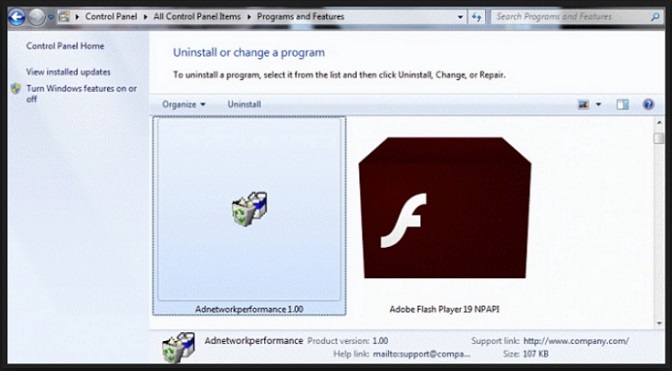
Is this dangerous?
Ad Network Performance is an ad-supported tool, whose presence on your system only leads to more damages. The longer you permit the program to stay, the more damages it causes. That’s why you should remove it as soon as you realize it has invaded your PC. That way you’ll spare yourself the time and energy of dealing with all the unpleasantries it causes. Being an ad-supported application, if it is to continue its existence, the tool has to generate pay-per-click revenue for the third parties that published it. If it fails to produce profits, it ceases to exist. To prevent that from happening, Ad Network Performance does its best to dupe you into clicking on its harmful ads so that it can continue its operations. Once in, the application starts spying on you. It monitors your online activities so as to determine what your preferences include, and then selects the ads it throws your way, according to your personal interests. But, no matter how enticing the pop-ups seem, do NOT click on them! They’re so unreliable that a click will only lead to more unwanted malware installs. Unfortunately, Ad Network Performance doesn’t only observe your browsing habits. It also keeps a thorough record of everything you do online. And, when it determines it has gathered enough data from you, it sends it to the people that support it. Do you feel like handing your private information to strangers with possibly malicious agendas? If you allow the tool to stay, that WILL inevitably happen. So, do yourself a favor, and remove it as soon as you possibly can.
Attention! You should be aware that all of your accounts and passwords were likely compromised. Viruses are designed to collect every piece of private information. We advise you to change all your passwords, once you clean your computer, especially if you make online banking or shopping.
How Can I Remove Ad Network Performance Ads?
Compatible with Microsoft
SpyHunter is the recommended removal tool for Ad Network Performance Virus. You can use the free scanner to detect the parasite, however if you want to delete it automatically you need to register the antimalware program.
What if SpyHunter failed to Detect or Remove the infection? – Find out here how to use the FREE Support.
Remove Ad Network Performance infection Manually
If you perform exactly the steps below you should be able to remove the Ad Network Performance infection. Please, follow the procedures in the exact order. you may want to print this guide or look at it in another computer.
STEP 1: Remove Ad Network Performance from IE, Chrome or Firefox
STEP 2: Uninstall Ad Network Performance from your Add/Remove programs list
STEP 3: Delete Ad Network Performance Windows Registry Leftovers
STEP 1: Remove Ad Network Performance from IE, Chrome or Firefox
Ad Network Performance Ads will infect every browser you have. You need to do the steps one by one.
Remove From Internet Explorer
- Open Internet Explorer
- Up to the Right Click on the Gear Icon
- Go to Toolbars and Extensions
- Disable any suspicious extension.
- If the button is not active, you need to go to your Windows Registry and delete the corresponding CLSID
- Then go back to the Gear Icon.
- Click on Internet options
- Select the Advanced tab and click on Reset.
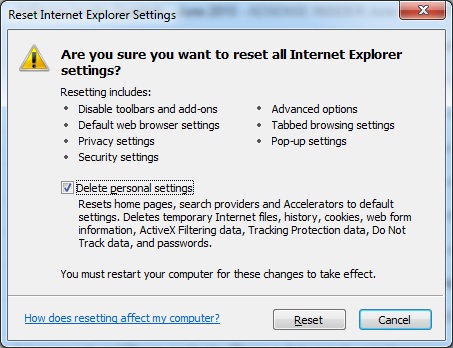
- Check the “Delete Personal Settings Tab” and then Reset
- Restart IE
to make sure nothing is interfering with your browser, right click on the shortcut target and click properties
- In the target field you need to have the following command parameter: “C:\Program Files\Internet Explorer\iexplore.exe”
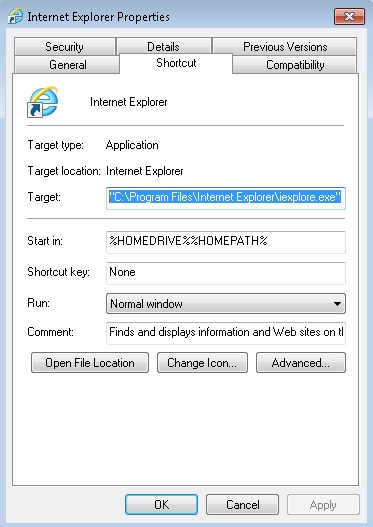
- if you have something else, just delete it and replace it.
- simultaneously press the windows start button and “R”
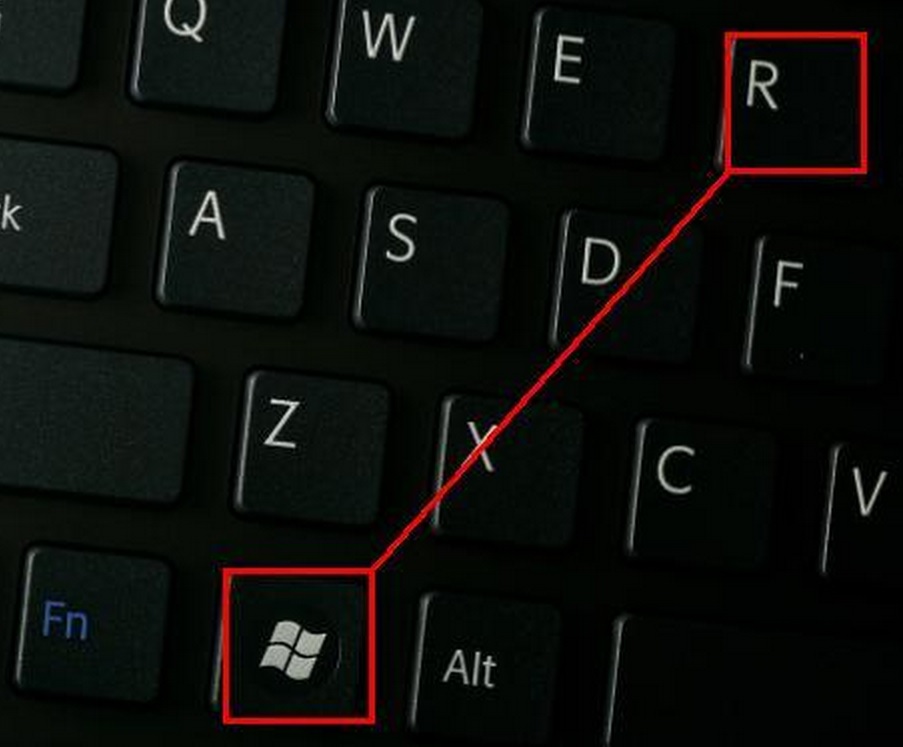
- in the opened dialog box type “regedit“

- Once the windows registry editor opens navigate to: HKEY_CURRENT_USER/Software/Microsoft/Internet Explorer/Main:Start Page
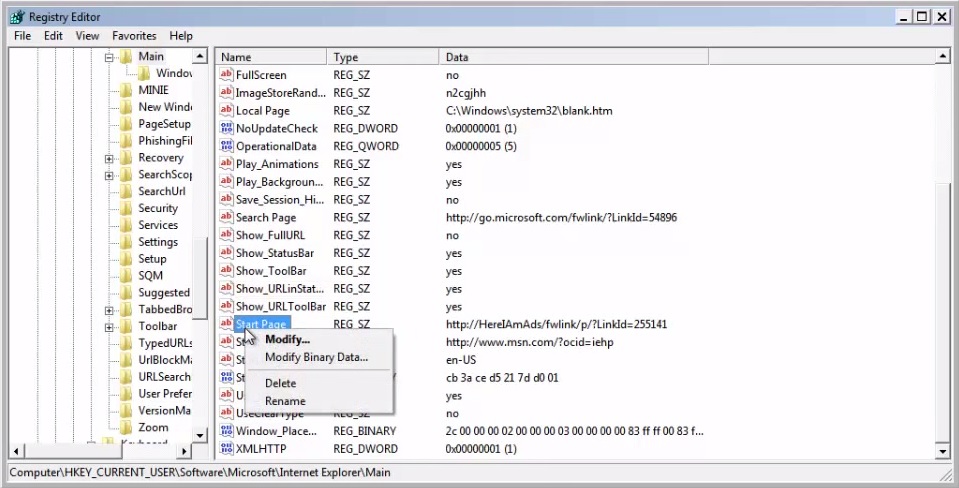 Modify the starting page with a value so that it corresponds to the webpage you want.
Modify the starting page with a value so that it corresponds to the webpage you want.- click OK and IE should be cleaned.
Remove from Mozilla Firefox
- Open Mozilla Firefox
- Press simultaneously Ctrl+Shift+A
- Carefully review all add-ons and disable the adnetworkperformance addon

- Open the Firefox’s Help Menu
- Then Troubleshoot information
- Click on Refresh Firefox
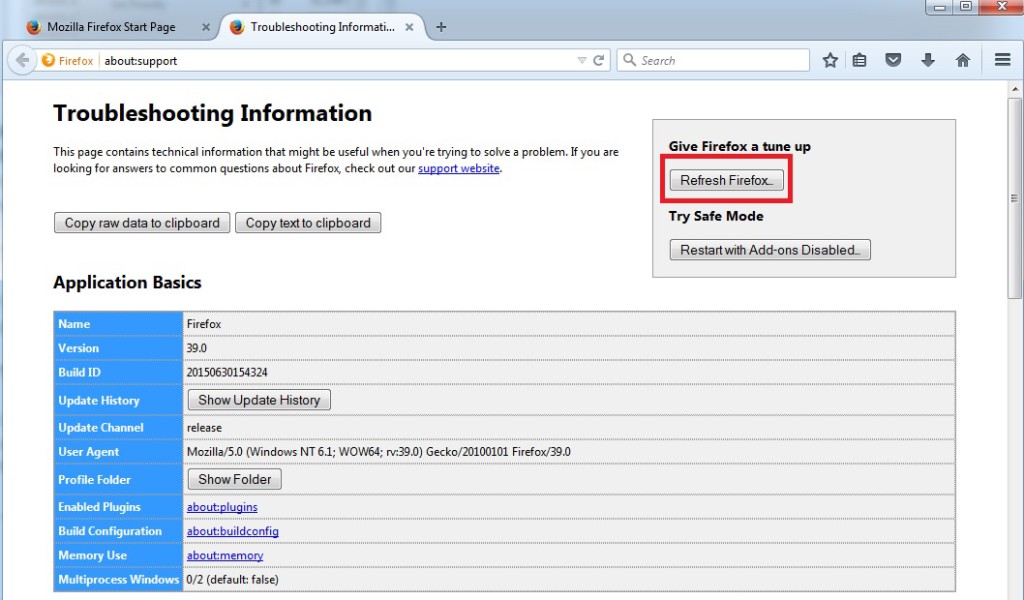
Remove from Google Chrome
- Open Google Chrome
- On the upper right corner click the Chrome menu Icon (looks like three dashes)
- Hover Over More tools, then Extensions
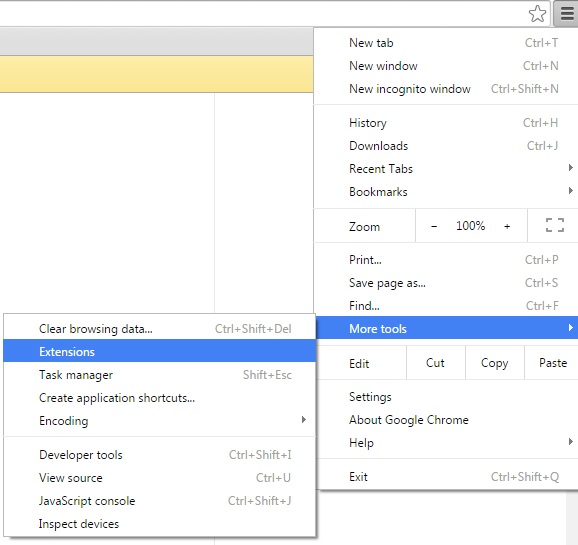
- in the extensions windows disable the Ad Network Performance extension

- On the upper right corner click the again the Chrome menu Icon (looks like three dashes)
- Click on Settings, Show Advanced Settings then Reset
STEP 2 : Uninstall Ad Network Performance from Your Computer
- Simultaneously press the Windows Logo Button and “R” to open the Run Command
- In the open dialog box type “Appwiz.cpl“
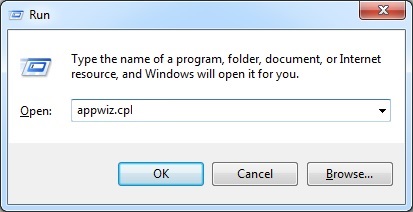
- Locate the Ad Network Performance program and click on uninstall/change.
- Also, be warned that viruses always want to trick you into installing more crap. If you see a screen like this when you click Uninstall, Click NO!
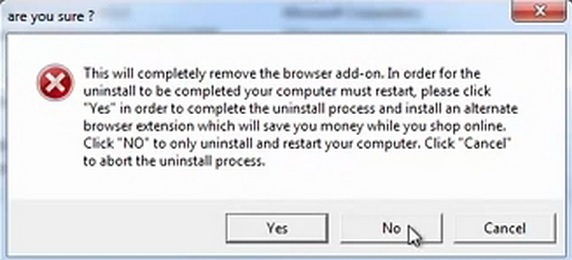
STEP 3 : Delete Ad Network Performance Windows Registry Traces
These are the places in the windows registry where viruses inject their malicious payload. If you want to be 100% sure that nothing is hooking your system, check these locations. However, be very careful when editing the windows registry, because you can render your system unbootable.
- HKCU–Software–Microsoft–Windows–CurrentVersion–Run
- HKCU–Software–Microsoft–Windows–CurrentVersion–Run
- HKLM–System–CurrentControlSet–Services
- HKLM–SOFTWARE–Microsoft–Windows NT–CurrentVersion–Winlogon–Notify
- HKLM–Software–Microsoft–Windows NT–CurrentVersion–Winlogon–Userinit
- HKCU–Software–Microsoft–Windows NT–CurrentVersion–Winlogon–Shell
- HKLM–Software–Microsoft–Windows NT–CurrentVersion–Winlogon–Shell
- HKLM–Software–Microsoft–Windows–CurrentVersion–RunOnce
- HKLM–Software–Microsoft–Windows–CurrentVersion–RunOnceEx
- HKCU–Software–Microsoft–Windows NT–CurrentVersion–Windows–load
- HKLM–Software–Microsoft–Windows NT-CurrentVersion–Windows
- HKLM–SOFTWARE–Microsoft–Windows–CurrentVersion–Explorer–SharedTaskScheduler
Where HKCU stands for HKEY_CURRENT_USER
Where HKLM stands for HKEY_LOCAL_MACHINE
- Check these folders for corruption as well.
C:–Documents and Settings–All Users–Start Menu–Programs–Startup
C:–user–Profiles–All Users–Start Menu–Programs–Startup
C:–Documents and Settings–All Users–Start Menu–Programs–Startup
If after computer reboots the problem reappears, this means that additional malware is installed in your machine. These programs may seem legitimate, but their sole purpose is to revert the browser modifications. It is advisable to use an antimalware scanner to identify them.
